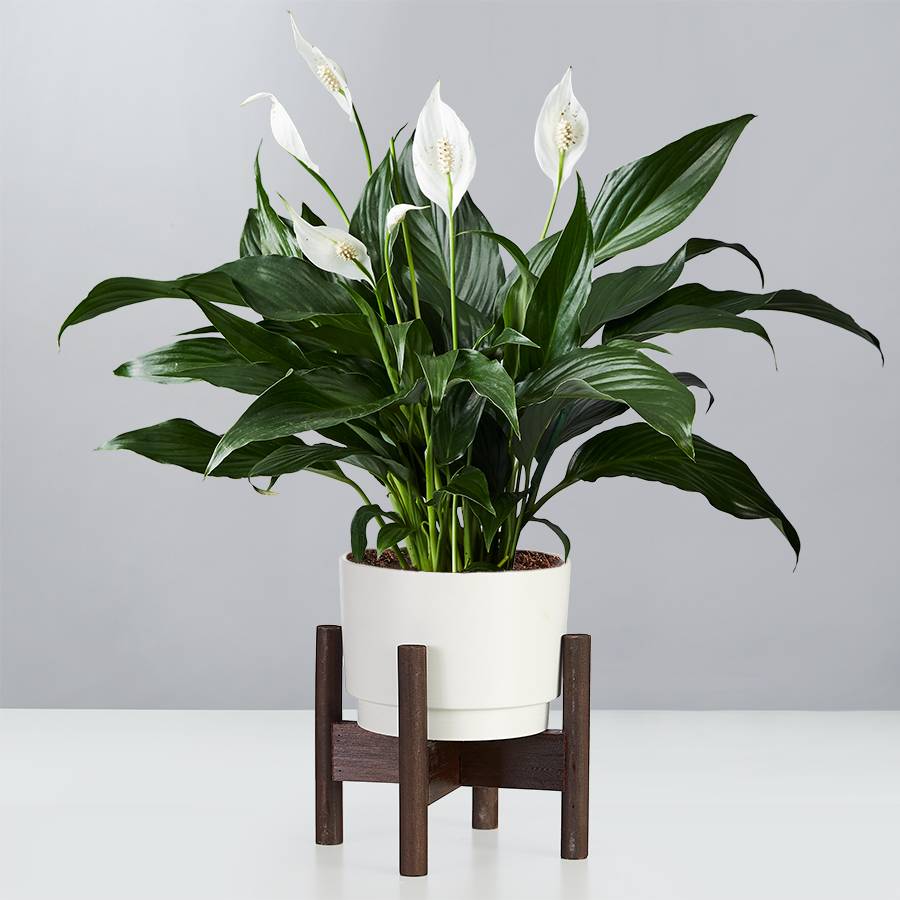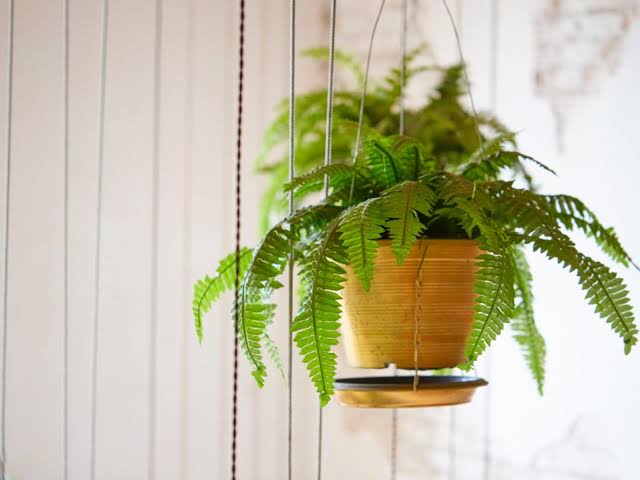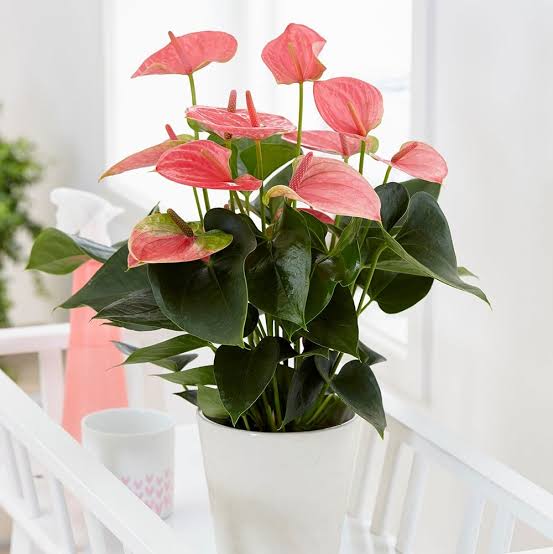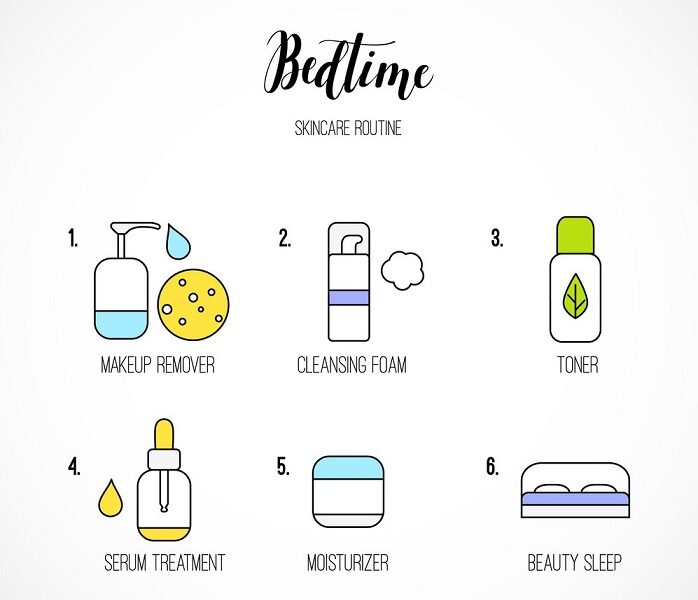
Top 5 Air Purifying Plants
Cities with abnormal air pollution have always made the headlines. Burgeoning population, space crunch, multiplying petroleum driven vehicles, smoking, use of non-herbal paints, cleaners and penetration of plastic in our daily lives have made the situation unavoidable. Plants don many hats. They release oxygen and mop up the carbon dioxide. They emanate positive energies, and beautify the milieu.
However not many are aware that plants also purify the air naturally and filter toxins that are left suspended in the air due to chemicals, paints, and use of plastics. The National Aeronautics and Space Administration (NASA) Clean Air Study was conducted in association with the Associated Landscape Contractors of America (ALCA). The study showed that certain common indoor plants provide a natural way of removing toxic agents.
Peace Lily

Peace lily or Spathiphyllum is the most common house plant. Peace Lilies have white flowers that bloom in early summer and then continue to bloom the rest of the year. Its soil needs to be kept moist without overwatering. Peace lilies enjoy medium to low light. According to NASA’s study, this plant removes the maximum number of toxins. It is however toxic to dogs and cats.
Pollutants purified – benzene, formaldehyde, trichloroethylene, xylene, toulene, ammonia.
English Ivy

English ivy or Hedera helix is an evergreen climbing plant that can climb up to 20 to 30 meter on trees, walls and cliffs. It avoids exposure to direct sunlight, and also provides dense shelter and cooling effect in buildings during the summer. It is grown as an ornamental plant. It is toxic to dogs and cats.
Pollutants purified – benzene, formaldehyde, trichloroethylene, xylene and toluene.
Devil’s Ivy (Money plant)

Devil’s ivy or Epipremnum aureum is also called “Money Plant” or “Golden Pothos”. This popular house plant is easy to grow, and it’s long, trailing stems can grow on. This plant does not die out quickly. The stems themselves become the roots in the soil. It is toxic to cats, dogs and horses. Its beauty lies in the leaves with botched yellow and green combination.
Pollutants purified – benzene, formaldehyde, xylene and toluene.
Boston Fern

Boston fern or Nephrolepis exaltata ‘Bostoniensis’ is also called fishbone fern and tuber ladder fern. Ferns are generally 50 to 250 cm long and 6 to15 cm broad. The edges appear serrated. It is a hardy popular house plant, often found growing in hanging baskets. It is non-toxic to pets.
Pollutants purified – formaldehyde, xylene and toluene.
Flamingo Lily

Flamingo lily or Anthurium andraeanum is a flowering plant species belonging to the Araceae family. This beautiful plant can change the aesthetics of the room. It can be kept on the study table. It has beautiful wax like shiny, heart shaped flower bracts. It is toxic to cats and dogs.
Pollutants purified – formaldehyde, xylene and toluene.
There are many other plants that help remove toxics. For example Heartleaf Philodendron, Darcena, Aloe Vera, Selloum Philodendron, Elephant Ear Philodendron and Rubber plant are effective against formaldehyde. Most of these plants are grown in homes and offices and are easily available on physical as well as online shelves. Plants help to reduce instances of asthma and breathing problems.







